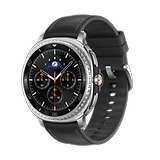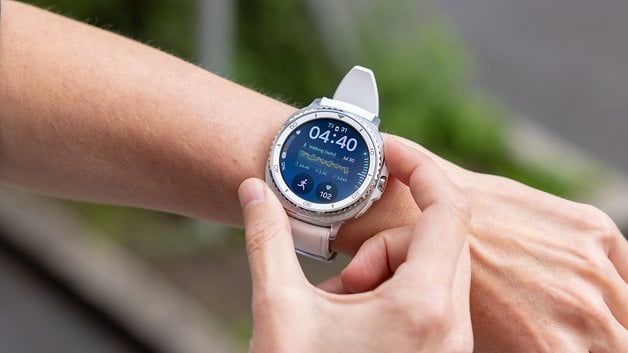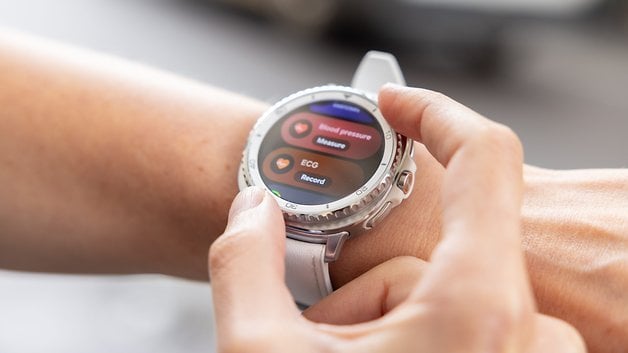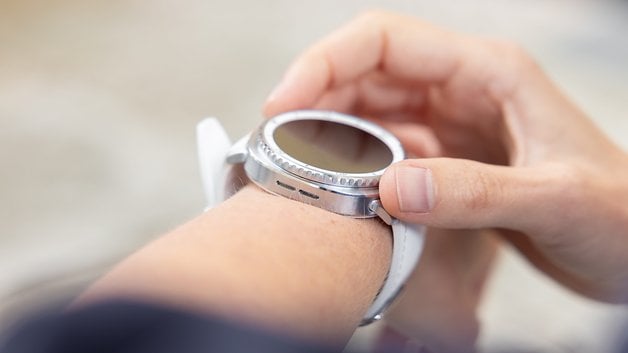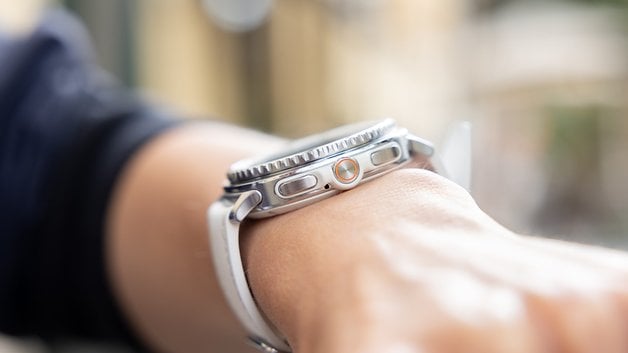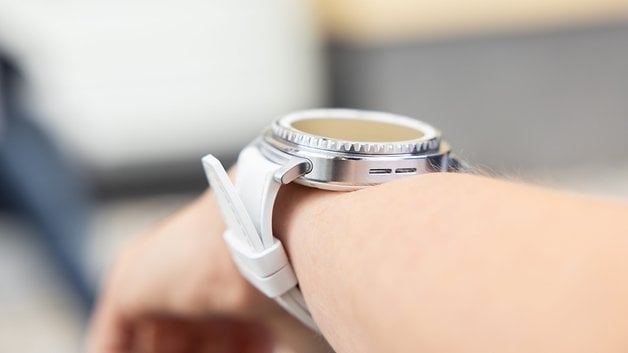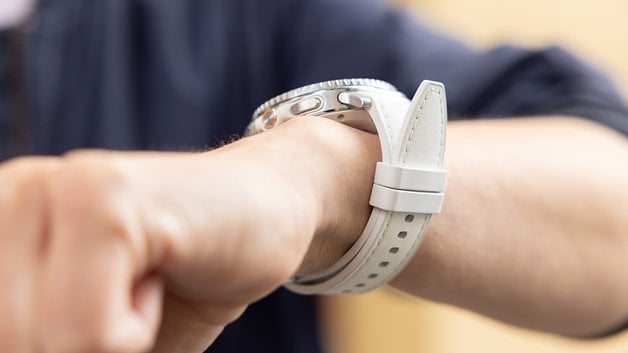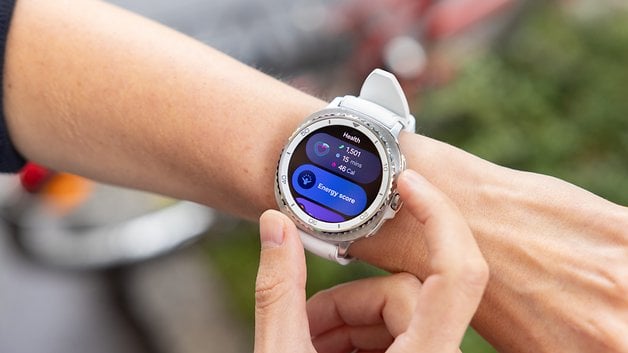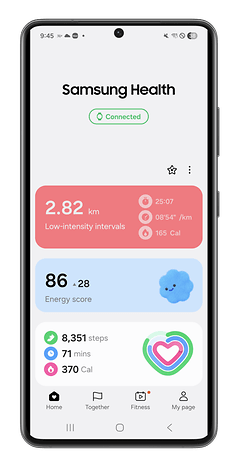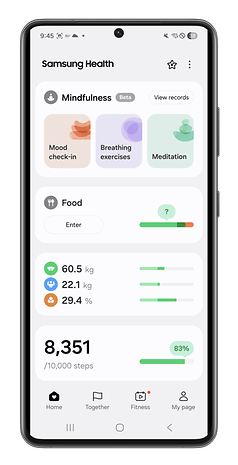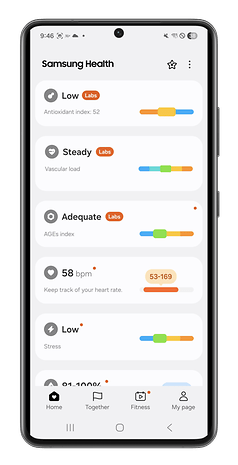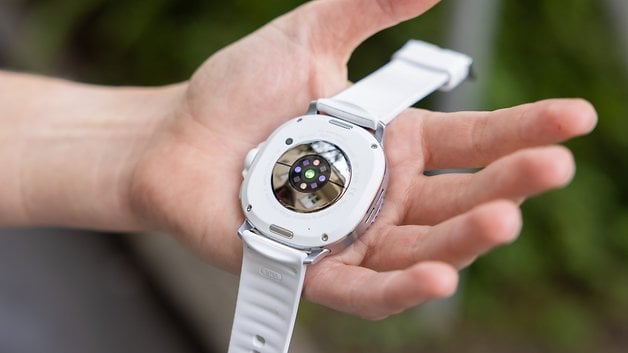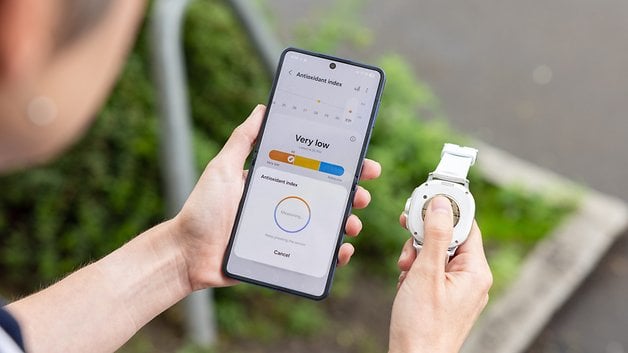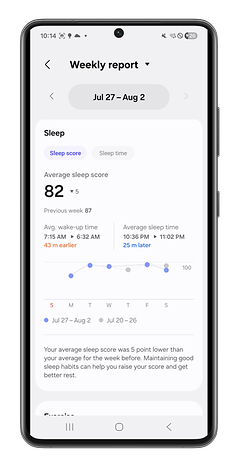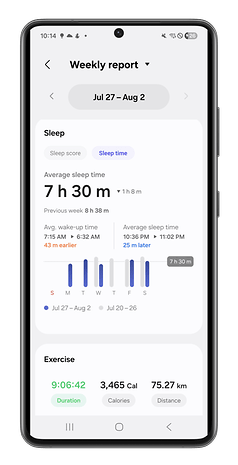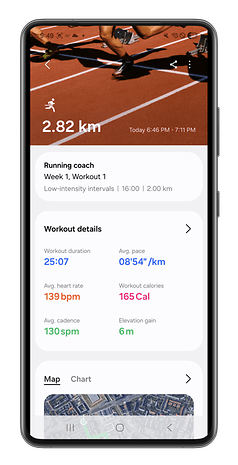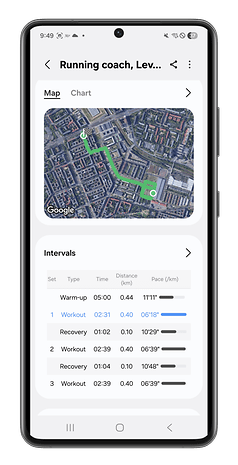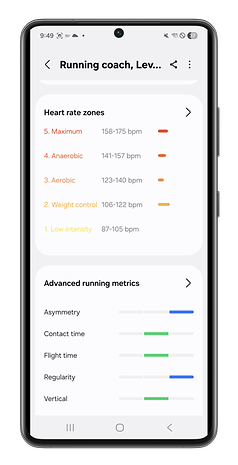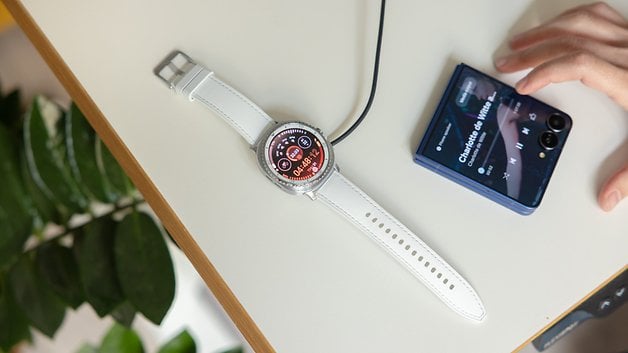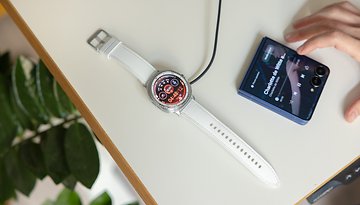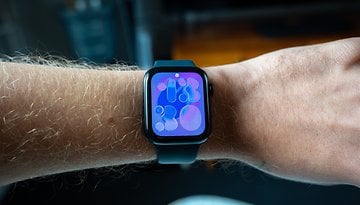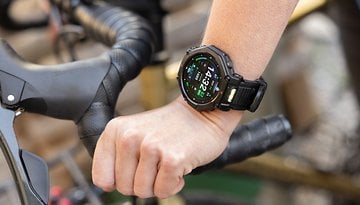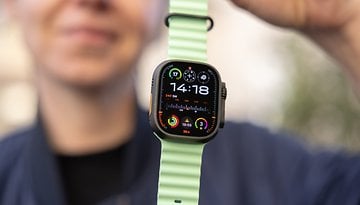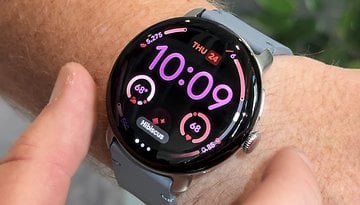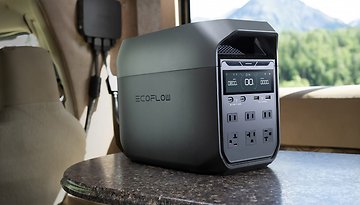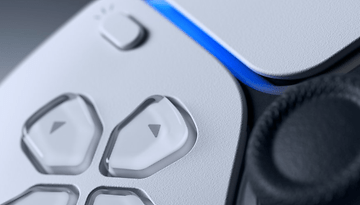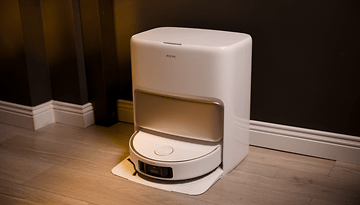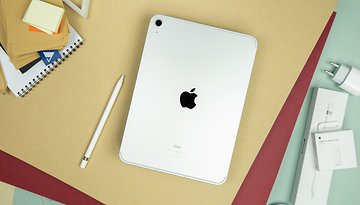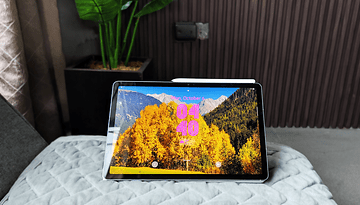I Tried the Galaxy Watch 8 Classic and It Made Me Want the Ultra Even More
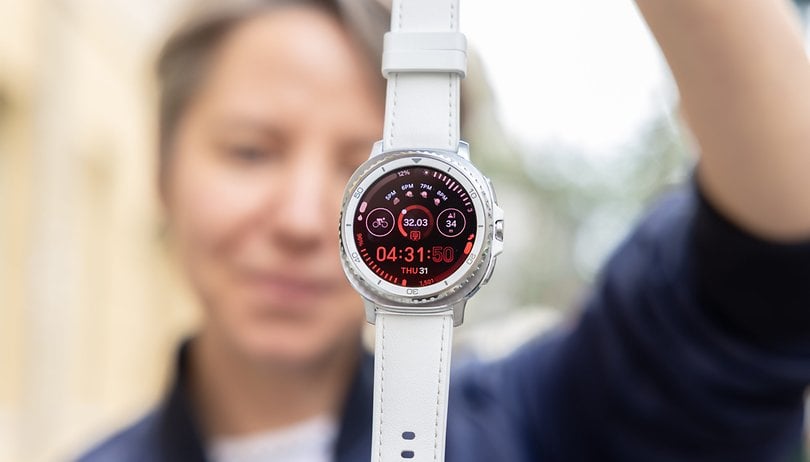

Samsung is doubling down on health, and the Galaxy Watch lineup sits at the heart of that strategy. These watches are the entry point into the company’s growing wellness ecosystem. For 2025, the South Korean tech giant hopes to win over wearable fans with the new Galaxy Watch 8 Classic. It nailed down the design and got the basics right, but the question is whether this new model can truly stand out in a lineup that already feels crowded.
Good
- Satisfying rotating bezel
- Smooth Samsung integration
- Useful AI touches
- Accurate fitness tracking
- Helpful Running Coach
Bad
- Feels bulky on the wrist
- Experimental features offer little real value
- Battery life needs improvement
- Expensive for what you get
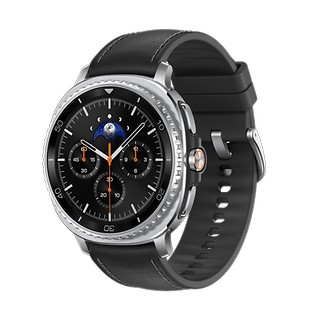
Watch 8 Classic: Original Design, Bright Display
First, let’s be real. The Galaxy Watch 8 Classic feels familiar in all the right ways. It retained the iconic rotating bezel, a satisfying tactile ring you twist to scroll through menus and lists, now comes wrapped in a stainless-steel case that feels noticeably bulkier. Tipping the scales at 63.5 grams, it sits on the heavier side, so people with smaller wrists might find it less comfortable for all-day wear. It is ready for the elements with IP68 dust and water resistance, along with 5 ATM protection for swimming and water sports.
Samsung clearly shaped the Classic to match the design language of the Galaxy Watch Ultra, bringing more consistency to its smartwatch lineup. With the bezel handling navigation, there is no rotating crown, but you do get an action button for starting workouts, plus two more physical buttons. The control layout is identical to the Ultra.
The rotating bezel gives the Classic a personality that the regular Watch 8 and the Watch Ultra do not have, but it is still a large watch. Fitness-focused users may find the Ultra more appealing, while the Classic stands out for its premium feel and distinctive navigation style.
The display is where Samsung’s strengths shine through. It is bright, colorful, and easy to read even in direct sunlight, with a peak brightness of 3,000 nits. Contrast is deep, colors are vivid, and Samsung’s functional, information-rich watch faces really stand out. Turning on the Always-on Display will consume more battery, but it makes the watch feel alive every time you glance at it.
Galaxy Watch 8 Classic: Software and Compatibility
Samsung smartwatches are built with Samsung phones in mind. You can still use the Galaxy Watch 8 Classic with other Android devices, but you’ll miss out on some of the fun stuff. Features like Energy Score, Bedtime Guidance, Running Coach, Vascular Load monitoring, and the Antioxidant Index are locked to Galaxy AI-capable Samsung phones.
And if you’re an iPhone user, sorry: the Samsung Health app isn’t on iOS, so the Watch 8 Classic simply won’t work with your iOS-powered device.
The good news is that this is still a full Wear OS 6 smartwatch. You can fire up Google Maps on your wrist, stream from YouTube Music, and run most Android apps with a wearable version. The 64 GB of storage means you can keep your playlists, podcasts, and apps right on the watch. Music controls react quickly, and Samsung Wallet supports plenty of banks and cards.
Setup is split between the Wear OS app for settings and Samsung Health for all your fitness and wellness tracking. You get loads of watch faces, quick-access panels, safety tools like fall detection, and even gesture shortcuts like a double pinch or wrist shake.
Where AI Gets Interesting
I found two AI tricks that really stood out while using the Watch 8 Classic. First, I’m all about watch faces that double up as dashboards, giving me loads of info at a glance. I started with the one I loved from the Galaxy Watch Ultra. After a few days, the watch suggested a cycling-focused dashboard after picking up on how much I ride. I switched, and it’s been my go-to ever since. That’s the kind of AI suggestion that actually makes sense.
Second, Samsung has incorporated Gemini to the Galaxy Watch. You can trigger it hands-free with “Hey Google” (screen on) or by holding the top button. It’s not fully tied into all your apps yet, including Samsung Health, but it’s already handy enough. You can ask for directions on Google Maps, tweak settings like volume, or check your calendar and weather without pulling out your phone.
Sure, there’s room to improve. Imagine getting a “buy blueberries” reminder when you walk past your usual store. That's unfortunately not possible yet because of privacy rules. However, when you’re halfway through a bike ride and realize you’re lost, just telling Gemini to take you from A to B feels like the future.
Wellness and Fitness
In the wellness department, Samsung developed a reliable sensor that delivers health data as accurately as a smartwatch can in different situations. Because the watch sits on your wrist, there are natural limitations when it comes to movement during exercise. A chest strap will still provide more precise heart rate data in many scenarios. That said, Samsung gets surprisingly close. It is not as accurate, but it is more than good enough to track trends over time.
If you are not dealing with a medical condition that requires clinical-grade devices, you can use Samsung’s sensors to monitor trends in heart rate, temperature, and even sleep. The company’s proprietary BioActive sensor uses different LEDs to illuminate the skin and measure heartbeats, oxygen levels, and even hydration level.
The dual-band GPS connects quickly and remains accurate, even during a 40-kilometer bike ride through a dense forest.
Testing Samsung's Experimental Health Features
In 2025, Samsung introduced new experimental features that made further use of these sensors: vascular load during sleep and the antioxidant index. These belong to what Samsung calls “Labs,” meaning they are still in development and should be viewed as awareness tools rather than diagnostic ones. They may be interesting to think about, but no serious clinician would use them as medical evidence.
Vascular load is measured during sleep, when the heart and vascular system should be in a state of rest. Factors such as stress, poor sleep, intense activity, or alcohol consumption can disrupt this process, which in the long term may increase the risk of cardiovascular disease. By tracking vascular load, Samsung aims to show how lifestyle choices may be affecting your health.
When I wore the Watch 8 Classic to sleep, it automatically created my baseline. The few times I deviated from it were mostly on days I was more active and my body was under more stress. To be honest, I found heart rate variability, resting heart rate, and respiratory rate—data I get from devices like the Whoop MG, Oura Ring 4, and Amazfit Active 2—more useful to understanding that.
The antioxidant index is another feature that did not add much to my routine. It measured carotenoid levels, which are linked to fruit and vegetable consumption. You place your thumb on the sensors on the back of the watch, and it scans your carotenoid content. High levels are associated with better protection against infections, cancer, and aging.
Even on days when I ate the recommended 400 grams of fruits and vegetables, sometimes more, my antioxidant score never went above 54 out of 100. And no, it is not as simple as just eating more carrots, despite what some online videos suggest. Samsung positioned this as an awareness feature, but you can get a much better picture of your diet using free apps like MyFitnessPal, which track your food intake more accurately. In the end, a balanced diet will improve your numbers, and a nutritionist will give you far better guidance than this sensor ever could.
Sleep Analysis Got Better
Samsung continues to do a solid job when it comes to sleep tracking. While I still have a few issues with how the data is presented (as mentioned in my Galaxy Watch Ultra review), the sleep metrics themselves are clear, objective, and steadily improving.
In addition to tracking sleep phases and detecting sleep apnea, Samsung now suggests personalized sleep and wake times. After three days of monitoring your circadian rhythm, the watch calculates your sleep deficit based on your habits and activity levels. It is a simple but useful way to improve your routine and get better rest. Features like this make Samsung's smartwatches feel more complete.
AI to Build Up Your Running
Samsung added a new running program that begins with a fitness assessment. After a twelve-minute test run, the watch ranks you on a scale from beginner to marathon-ready. Based on that, the Running Coach creates a personalized training plan tailored to your goals, whether you are preparing for your first 5K or something more advanced.
Since I had not been running regularly for the past two months, I found the fitness level assessment to be pretty accurate. The only mismatch was the weekly running frequency, which felt a bit high for me. The program defaults to four runs per week, which might be a lot if you are also doing other workouts, like going to the gym.
The workout plan includes a good variety of sessions, from light jogs to tempo runs and uphill intervals. I liked that it gave me an overview of whether I was pushing too hard or not enough, which helped me make adjustments. Still, after getting through the initial learning curve, I found the Running Coach useful. I could see where to improve my form and how the session frequency could help me get back into a solid training rhythm.
However, compared to the running guidance on the Huawei Watch Fit 4 Pro, Samsung’s approach feels less detailed. Huawei gives you deeper insights into performance, while Samsung relies more on broad categories like "Great", "Good", or "Needs Improvement." That works for some, but if you want to make specific changes, it is not always clear what to do next.
Battery life and charging
The Samsung Galaxy Watch 8 Classic is powered by a 445 mAh battery. On paper, that means up to 40 hours of use without Always-on Display enabled or about 30 hours with it. In reality, that is not enough. When watches like the OnePlus Watch 3 (review) can last up to three days of heavy use without a recharge, the Watch 8 Classic began to run out of power in about half the time, roughly a day and a half. More than once, it died on my wrist.
If Samsung wants to position itself as a serious player in the wellness sector, it needs to improve its battery efficiency. Sticking with last year’s Exynos W1000 processor did not help, as it struggled with power management. For a device starting at $500, expectations should be higher.
Charging is fast enough to make up for some of that. A full charge takes about one hour and twenty minutes. Fifteen minutes on the charger gets you to 23 percent, which is enough to wear overnight without affecting your Energy Score data. Half an hour of charging brings the battery up to about 45 percent, enough to comfortably get through an eight-hour workday.
Should You Buy the Galaxy Watch 8 Classic?
As a wearable reviewer, I can't honestly recommend the Galaxy Watch 8 Classic over either the 2024 or 2025 variant of the Galaxy Watch Ultra. Fans of the Classic will probably disagree, and I understand why if the decision is based purely on design and specific navigation tricks. If that is your main motivation, then by all means, go for it.
The problem is that the new wellness features do not justify the $499.99 price. Even the new Running Coach can be matched, and in some cases surpassed, by dedicated apps such as Runna or Strava on your Galaxy device. That said, even without the running coach feature, last year's Ultra is still a great option. We don't always need the newest version of a wearable, right?
Why do I say this? In 2025, Samsung blurred the lines between its mid-tier wearables and the Ultra range. The price of the Classic is simply too close to the Ultra. It is even harder to justify when you consider that Samsung only made small tweaks to the Ultra this year. Last year’s Ultra is still an excellent watch, and as of this writing, you can find it from reputable third-party sellers for around $400. Over the past few months, there have been several great deals for this model.
Given Samsung’s tendency to drop prices a few months after launch, you’ll likely be able to get the Ultra 2025 for less if you’re willing to wait a couple more months.
It is not that the Watch 8 Classic is a poor device. It is that within Samsung’s ecosystem, the Ultra models are slightly lighter, more fitness-oriented, and ultimately a better value. But once more, the Classic is a little more refined if appearance is your goal.
